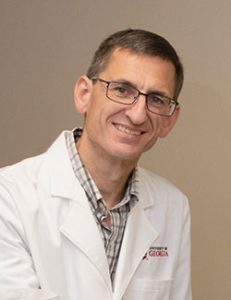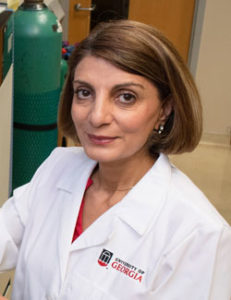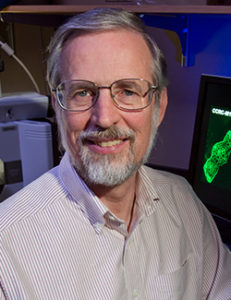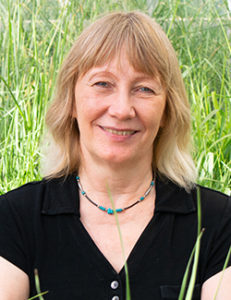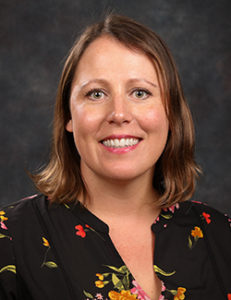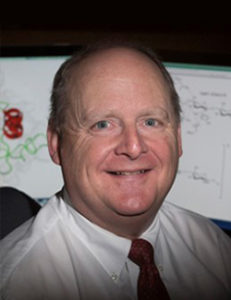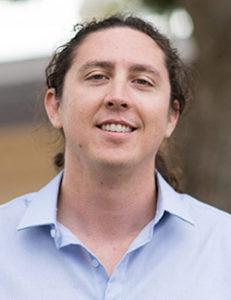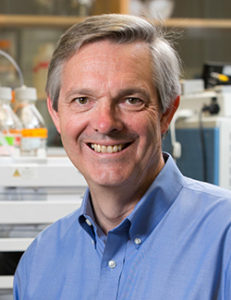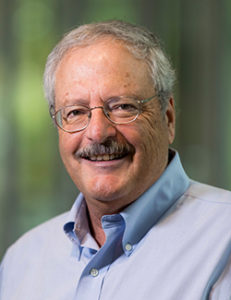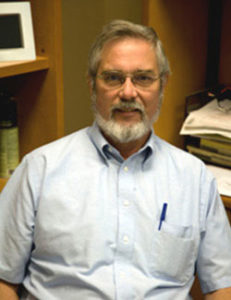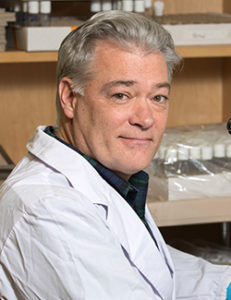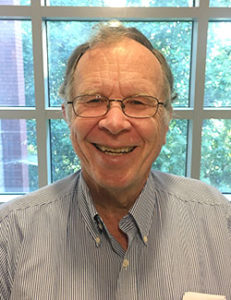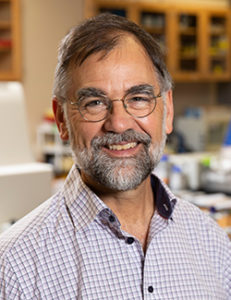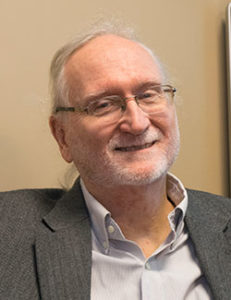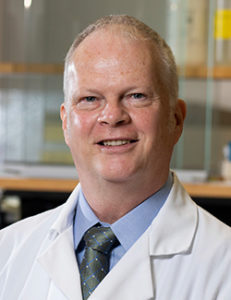Research
Our interdisciplinary research groups are led by 22 tenure-track faculty members. These groups combine experimental (analytical chemsitry, biochemistry, chemical and enzymatic synthesis, mass spectrometry, molecular biology, and NMR spectroscopy) and computational (genomics, glycomics, metabolomics, and molecular modeling) methods to study diverse areas of glycoscience:
Our research groups interact closely with one another to take full advantage of the knowledge and experience in all aspects of glycoscience available at the CCRC.
CCRC faculty members hold joint appointments in the departments of Biochemistry and Molecular Biology, Chemistry, Plant Biology, and Plant Pathology. Students can apply to conduct their graduate research, undergraduate projects, or internships with center faculty. The CCRC trains postdoctoral research associates and visiting scientists from the U.S. and around the world in the principles, methods, and analytical techniques used to study complex carbohydrates.
The CCRC is supported by federal, state, industrial, and foundation funds and receives around $15 million annually in research funds. We are home to UGA’s Cancer Center and the National Institutes of Health/ National Center for Research Resources for Biomedical Glycomics and for Integrated Glycotechnology.
The CCRC provides analytical services for the isolation and structural characterization of plant and microbial polysaccharides, glycoproteins, glycosaminoglycans, glycolipids and other glycoconjugates. We also offer glycomic and glycoproteomic analyses.
New technologies are required for the sustainable and economically viable production of bio-based products and advanced biofuels. CCRC faculty are members of the US Dept of Energy-funded Center for Bioenergy Innovation (CBI) where they are involved in creating robust, high-yielding feedstock plants using genetic technology and bioengineering.
CCRC faculty are also members of UGAs New Materials Institute, where they are involved in developing novel biomaterials from plant cell walls.
Complex carbohydrates are synthesized, remodeled, and degraded by enzymes. The substrate recognition specificities and catalytic actions of these enzymes combine to generate the full diversity of the cellular glycome produced by prokaryotic and eukaryotic cells. Degradative enzymes are essential components for recycling the carbon backbones of complex glycans and for scavenging nutrients from the environment. CCRC laboratories are at the forefront of expressing these enzymes for structural and enzyme mechanistic studies as well as for use as tools in chemo-enzymatic synthesis of glycans.
Glycans regulate development from fertilization to birth and contribute to almost all human diseases. CCRC investigators study the role of the simplest and most complex glycans and the molecules they are linked to in critical stages of development and in a broad range of human diseases. These diseases include cancer, diabetes, muscular dystrophies, neurodegeneration, neurodevelopmental disorders, intellectual disabilities, glycan biosynthetic deficiencies, as well as inflammation and interactions between viruses, microbes, and host.
The glycans made by microbes and the responses they induce in hosts are studied by several groups at the CCRC. Bacterial glycoconjugates are among the most broadly used but least understood vaccines used in the war against pathogenic microbes. Optimization of these weapons and understanding of their immunogenic properties are important areas of research at the CCRC. Host glycans frequently serve as the receptors that pathogens use to attach to cell surfaces. Understanding the specificity of these interactions and the normal functions of these glycans can help to develop targeted interventions.
The chemical synthesis of oligosaccharides is far more complicated than the synthesis of peptides and oligonucleotides and many challenging problems remain to be addressed. CCRC faculty are focused on developing new and efficient glycosylation procedures including combinatorial and solid-phase chemistry. They also develop new approaches to control anomeric selectivity, the design of new protecting groups and the chemo-enzymatic synthesis of oligosaccharides and glycoconjugates. The long-term objective of the research is the development of novel carbohydrate-based drugs and vaccines.
Each cell type in animals and plants expresses its own characteristic set of mRNAs and proteins. These transcriptomes and proteomes have been studied for decades. Additionally, however, each cell type has its own unique glycome and glycoproteome. CCRC investigators have developed methods and expertise for analyzing and decoding these understudied but cellular features that are essential for controlling cell-cell and cell-pathogen interactions.
The CCRC has a long-standing interest in applying informatics technology to glycan structures. The CCRC initiated CARBBANK, the first comprehensive database of glycan structures. CCRC faculty are developing methods for exchanging glycan structural data over the Internet. They have developed the GRITS toolbox, a modular software suite for processing, annotating and archiving of glycomics data with a focus on MS data.
The CCRC is involved in GlyGen, an international project funded by The National Institutes of Health. GlyGen will facilitate glycoscience research by integrating diverse types of information, including glycomics, genomics, proteomics (and glycoproteomics), cell biology, developmental biology and biochemistry. CCRC faculty are also active in the field of metabolomics.
The glyconjugates of living organisms are involved in numerous molecular recognition processes including viral attachment to cell surfaces, bacterial antigen-antibody interactions and carbohydrate-lectin interactions. Such processes are determined in large part by the conformation of the carbohydrate.
A carbohydrates solution conformation is determined by steric and electronic interactions between the sugars bonded and non-bonded atoms and between the sugar and solvent molecules. These interactions must be described to predict a carbohydrates conformational preferences. Such descriptions are obtained using a molecular mechanical force field in molecular dynamics (MD) simulations.
Carbohydrates typically exist as an ensemble of conformations rather than as a single conformation. Faculty at the CCRC are developing and using MD (GLYCAM) and NMR spectroscopy to elucidate the conformational properties of diverse glycoconjugates.
Nuclear magnetic resonance spectroscopy (NMR spectroscopy) is a technique to observe local magnetic fields around atomic nuclei. This information can be used to determine the structures of compounds including glyconjugates. NMR spectroscopy also provides information on the dynamics, reaction state, and chemical environments of molecules.
CCRC faculty are using NMR spectroscopy to study metabolomics, protein structure, protein-protein Interactions, membrane proteins, cell surface glycoconjugates and polysaccharide structure, function and biosynthesis. CCRC faculty are also actively involved in developing new NMR technologies.
Plants form two types of cell wall that differ in function and in composition. Primary walls surround growing and dividing plant cells. They provide mechanical strength but must also expand to allow the cell to grow and divide. The ripening of fruits and vegetables is associated with changes in wall structure and composition as is the texture of plant-derived foods. Some wall polysaccharides bind heavy metals, stimulate the immune system or regulate serum cholesterol. They are also used as gums, gels, and stabilizers.
The secondary wall, which accounts for most of the carbohydrate in plant biomass, is often deposited once a plant cell has ceased to grow. These walls are further strengthened by the incorporation of lignin. Developing sustainable technologies to convert secondary walls to fuels and biomaterials will help reduce our dependence on petroleum and conventional plastics. Research at the CCRC emphasizes both the structure and function of cell walls and their use as a feedstock in an emerging bioeconomy.
The complexity of glycans found at the surface of all cells presents a code that can be interpreted by carbohydrate binding proteins and carbohydrate-directed enzymes. The specificity of these protein-glycoconjugate interactions regulate a broad range of cellular responses, including cell death, division, and differentiation. Several CCRC investigators study the structural specificity of these binding interactions. Glycans also impact the structure and function of protein to which they are attached. These protein-glycan interactions are an emerging area of investigation for several CCRC laboratories.



